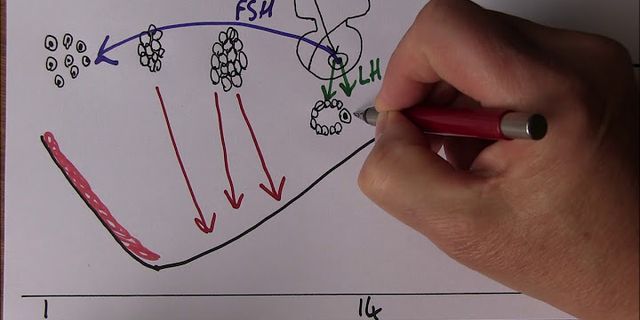Also known as Revenue, Receivables, and Receipts (RRR) Cycle Show
What is the Sales and Collection Cycle?The Sales and Collection Cycle, also known as the Revenue, Receivables, and Receipts (RRR) Cycle, is composed of various classes of transactions. The sales class and receipts class of transactions are the typical journal entries that debit accounts receivable and credit sales revenue, and debit cash and credit accounts receivable, respectively. These are the recording of the sales and cash collection of the sale. Additionally, there are other classes of transactions in the sales and collection cycle that include sales returns and allowances (debit sales returns, credit accounts receivable), write-offs of uncollectible receivables (debit allowance for doubtful accounts, credit accounts receivable), and bad debt expenses (debit bad debt expense and credit allowance for doubtful accounts). We focus here on the more common journal entries. Important Business Functions and Related DocumentsAlthough many companies follow different internal processes and use more electronic-based methods, the following flowchart is a typical business process in the sales and collection cycle.  The process usually begins when a customer approaches the company and files a customer purchase order. The sales department receives the document and prepares a sales order that is then sent to the credit department for a credit check. Remember that salespeople will not perform credit checks because their position as a salesperson may influence their bias when making credit decisions on customers. This separation is called segregation of duties. Once the credit department approves the customer and the order, the sales order is sent to the shipping department, which will generate a shipping document, also referred to as a bill of lading or a waybill. The approved sales order and the shipping document are then sent to the accounts receivable clerk, who then generates a sales invoice and makes the necessary journal entry. Finally, once the cash is received from the customer, accounting or treasury records the credit to cash and debits the balance in accounts receivable. Internal Controls for Sales Class of TransactionsRemember that for classes of transactions, there are five applicable assertions: cut-off, classification, completeness, occurrence, and accuracy. An internal control pertaining to the occurrence assertion is that each sales transaction is supported by the necessary documents, such as the approved sales order, shipping documents, and invoice. Other internal company controls include requiring approval for selling goods to new customers, sending out monthly statements to customers, complaints received being independently followed up, and reviewing exception reports that include large or unusual sales transactions. In terms of the completeness assertion, shipping documents are typically sequentially pre-numbered so that any duplicate transaction or a missing transaction can be properly accounted for. Whether the sales transaction actually occurred usually involves backward testing. This means that the auditor will first look at the financial statements/ledger and trace the sale back to its source documents to see if they are genuine. Completeness testing, however, is the opposite. The auditor will start from the source documents and confirm whether all transactions are fully recorded on the ledger. Internal Controls for Cash ReceiptsSome internal controls for the cash receipts class include the segregation of duties between the cash handler and the record-keeper, and monthly bank reconciliations. These two controls pertain mainly to the occurrence assertion. In terms of the completeness assertion, monthly customer statements are a strong control, as well as the use of remittance invoices or pre-listing of cash, and the reconciliation of the documents with deposit slips. Confirmations as Tests of Details of BalancesRemember that substantive tests comprise substantive analytical procedures and tests of details of balances. Analytical procedures include trend and ratio analyses and, for accounts receivable, it typically includes analyzing accounts receivable turnover numbers or the number of days sales in accounts receivable and their trends and relationship with industry numbers. Tests of details of balances for accounts receivable are most commonly confirmations. They include confirmation letters sent to customers to verify whether the balance on the ledger is correct. There are two types of confirmations: positive and negative.
Additional ResourcesCFI offers the Financial Modeling & Valuation Analyst (FMVA)® certification program for those looking to take their careers to the next level. To help you advance your career, check out the additional CFI resources below:
What are the source documents in revenue cycle?Revenue Cycle Source Document Function Sales order Record customer order. Delivery ticket Record delivery to customer. Remittance advice Receive cash. Credit memo Support adjustments to customer accounts.
What are the 5 documents used to record transactions?Transaction documents include:. Quotations.. Customer Orders.. Invoices.. Credit Notes.. Supplier Orders.. Contracts.. What kinds of documents are most likely to be a turnaround documents?Documents that are commonly used as turnaround documents include the following:. Utility bills.. Meter cards for collecting readings from gas meters, photocopiers, water meters etc.. Subscription renewal notices.. Inventory stock cards.. Invoices.. Checks (banks encode account info on the bottom of checks). What is revenue documentation?Revenue system documentation differs by company and must include all the policies and procedures for handling revenue as well. This may include the titles of positions that handle the specific functions, internal controls and more.
|














